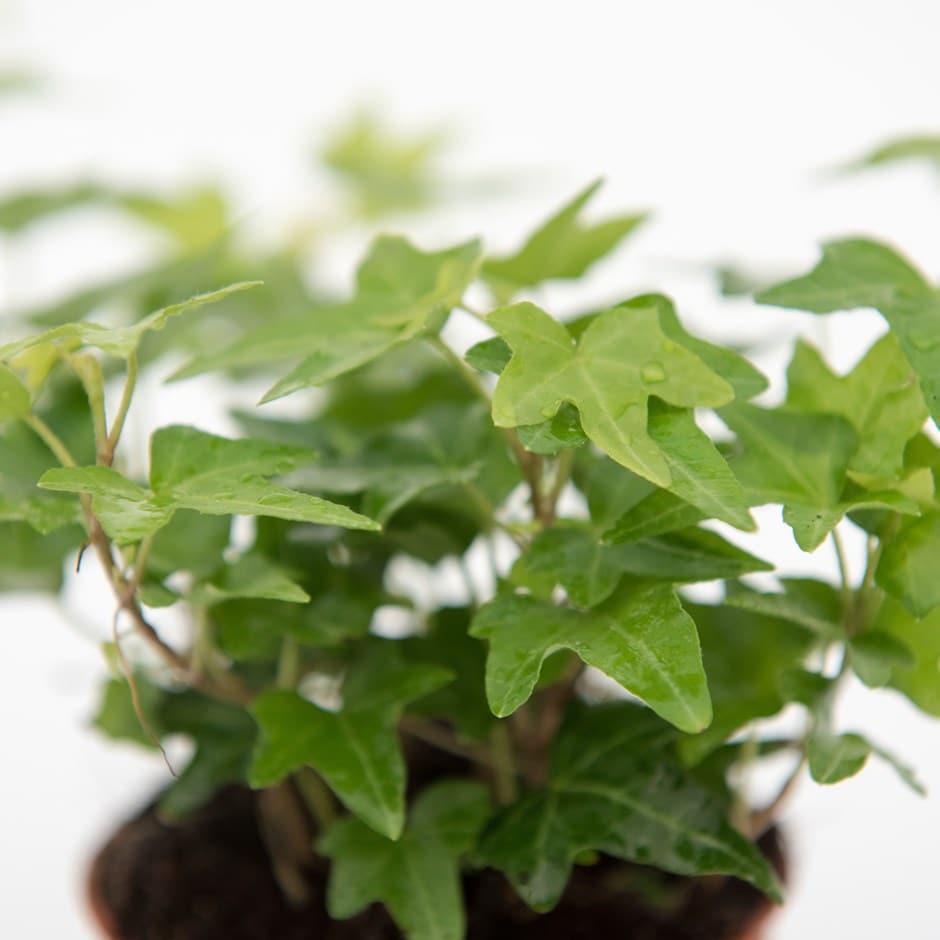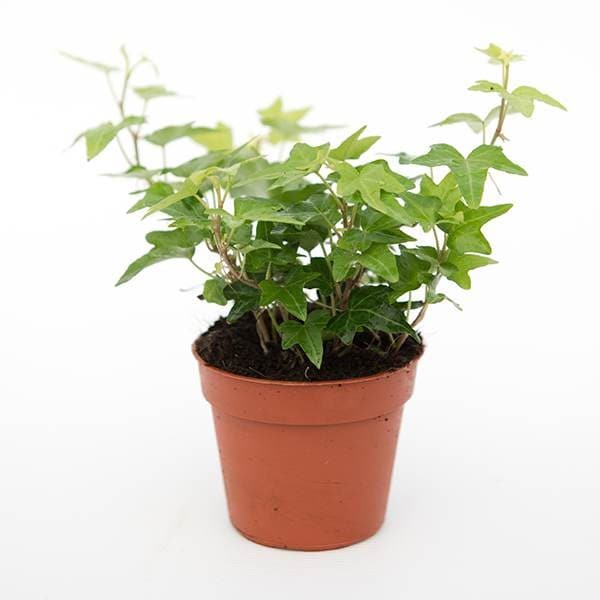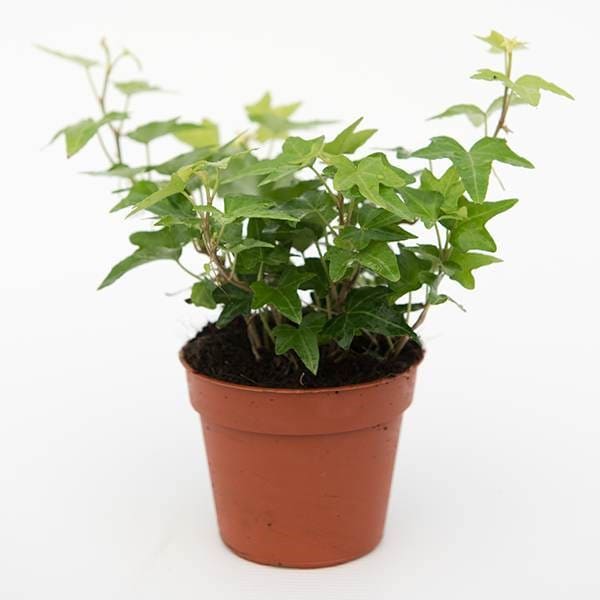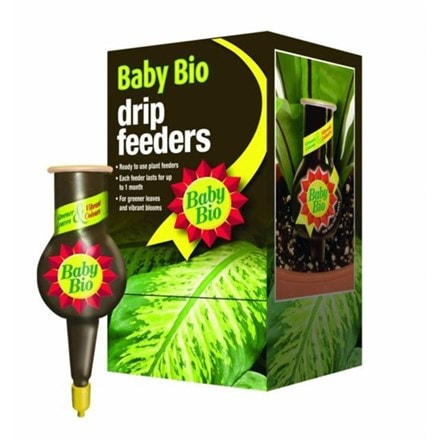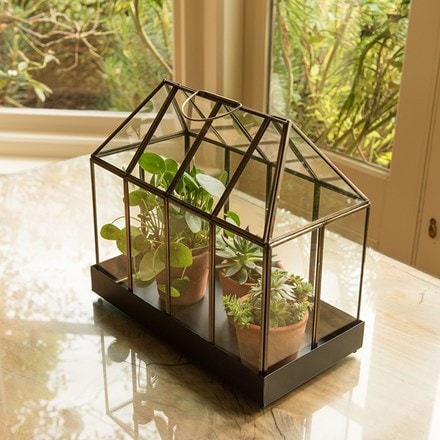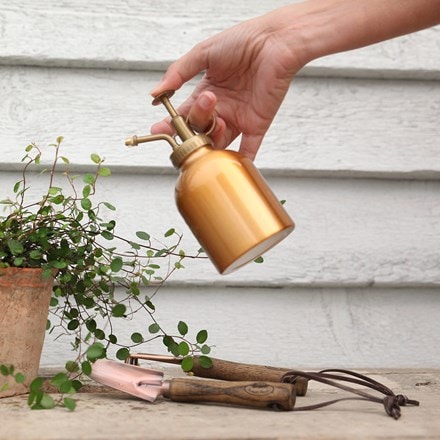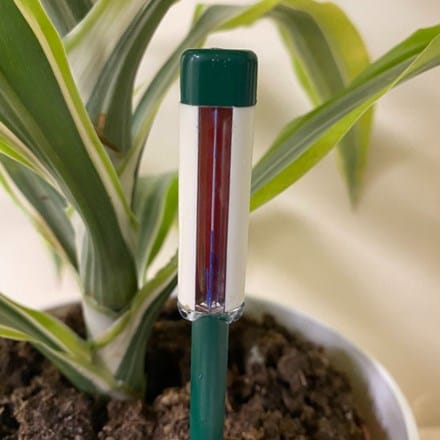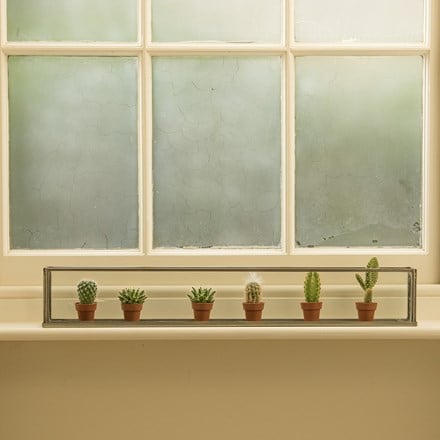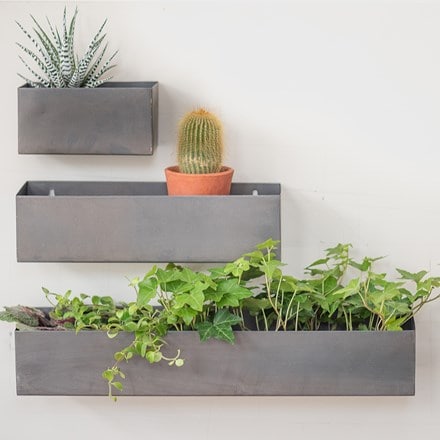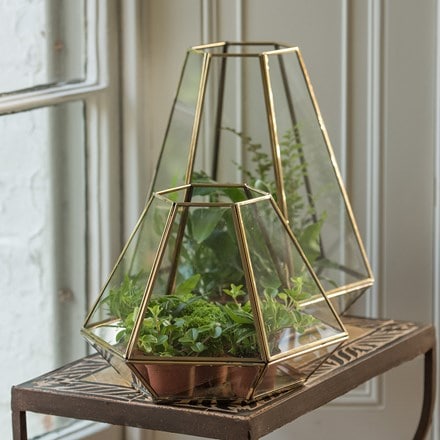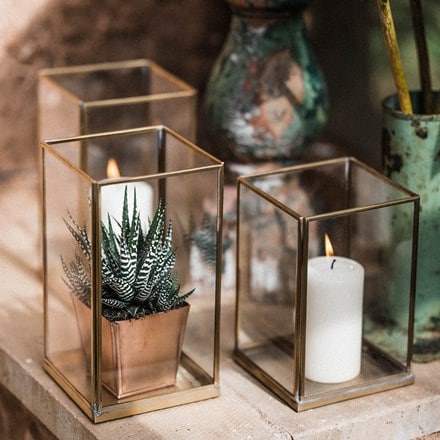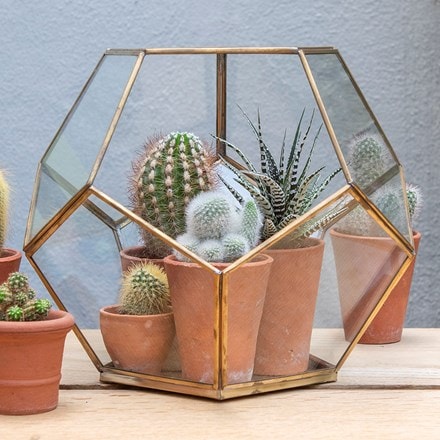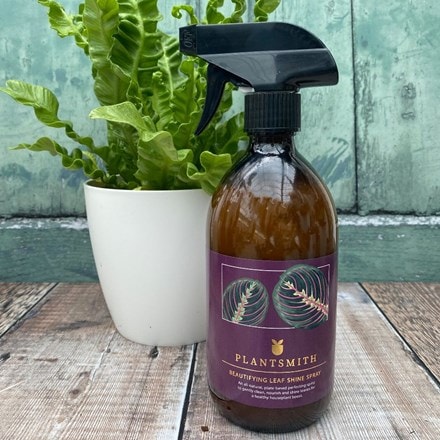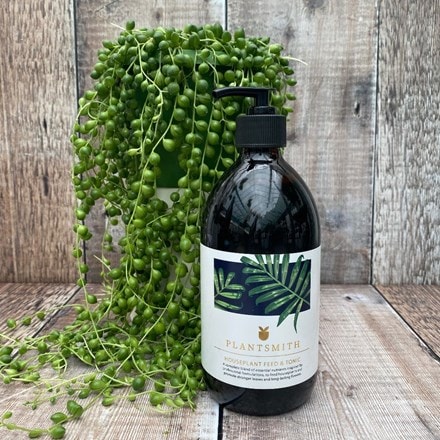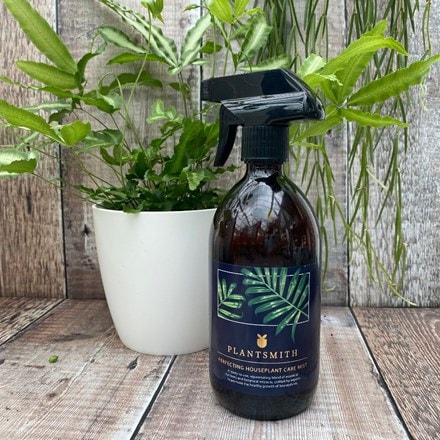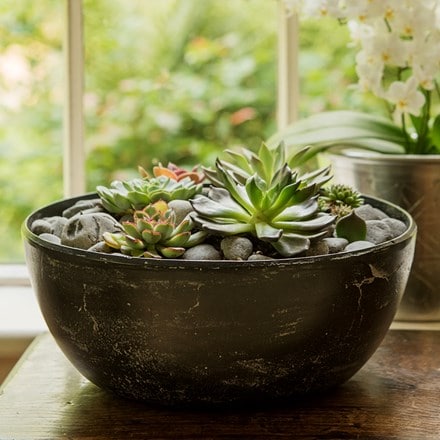Hedera helix
English ivy or common ivy
A tough and adaptable plant, which when young, will look great spilling over the edges of seasonal pots and baskets....
A study carried out by NASA found English Ivy as the number one best air-purifying plant. This is due to it being the most efficient plant when absorbing formaldehyde.
GOES WELL WITH
Which house plant where?

Which house plants you choose should depend on the environment you intend to keep them in, the space available, how much time you can spend preening them as well as your personal preference. For me, foliage house plants are the ticket, because they provid
Read full article


